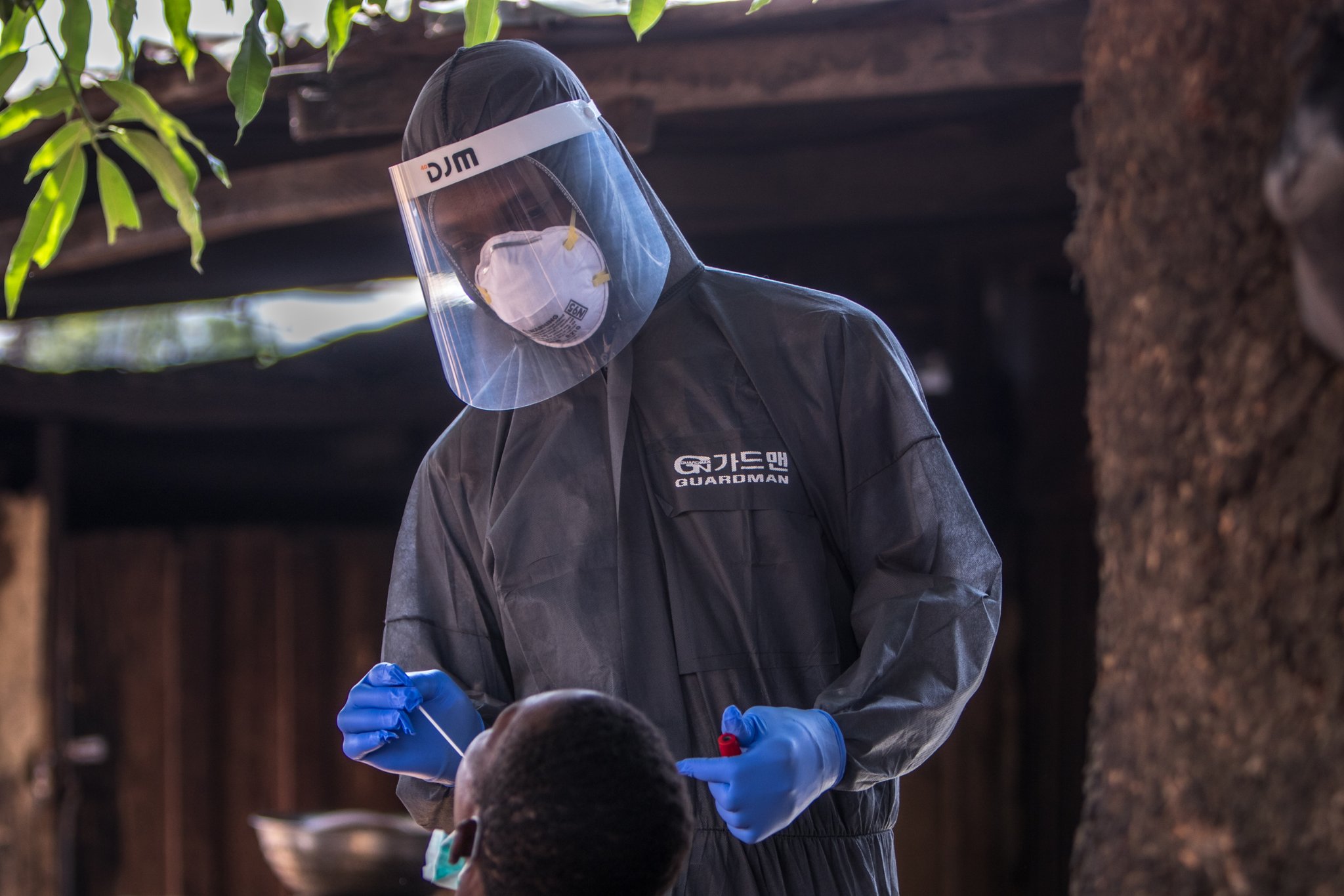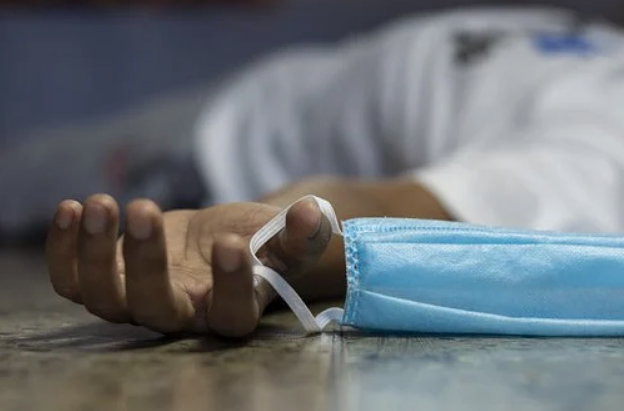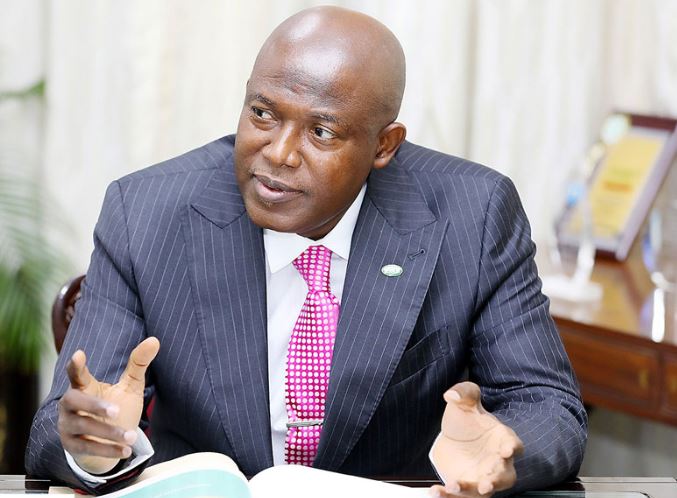For the first time in weeks, the federal capital territory (FCT) topped the list of states with new coronavirus infections in the country.
Out of 481 samples confirmed positive on Thursday by the Nigeria Centre for Disease Control (NCDC), the FCT recorded the most infections with 96 cases, followed by Lagos with 89.
The FCT currently has the second highest number of cases in the country with a total of 3,710 people confirmed positive for the virus, out of which 1,118 have been discharged, while 42 patients have died.
Meanwhile, Plateau, which has now embarked on community testing, stands at 10th place on the list of states, with 1,124 confirmed cases, out of which 469 recoveries and 19 deaths have been recorded.
Advertisement
According to the NCDC, 266 people were declared COVID-19 free on Thursday, with the country’s current recovery tally at 19,270, while with five new deaths, the total number of fatalities now stands at 878.
Out of a total of 42,698 confirmed infections in 36 states and the FCT, 22,541 are active cases.
481 new cases of #COVID19Nigeria;
AdvertisementFCT-96
Lagos-89
Plateau-68
Ogun-49
Edo-44
Rivers-43
Oyo-25
Osun-23
Delta-15
Enugu-11
Kano-7
Kaduna-7
Bauchi-2
Bayelsa-1
Yobe-142,689 confirmed
19,270 discharged
878 deaths pic.twitter.com/M1PVjNbR1d— NCDC (@NCDCgov) July 30, 2020
Advertisement
As the figure of new cases continues to increase across the world, the World Health Organisation (WHO) has called for more caution, especially among young people.
Speaking at a press briefing on Thursday, Tedros Ghebreyesus, director-general of the WHO, noted that although more older persons have died of COVID-19 complications, it doesn’t necessarily reduce the risk for young people.
“Although older people are at a higher risk of severe disease, younger people are at risk too. One of the challenges we face is convincing younger people of this risk,” he said.
“Evidence suggests that spikes of cases in some countries are being driven in part by younger people letting down their guard during the northern hemisphere summer.
Advertisement
“We have said it before and we’ll say it again: young people are not invincible. Young people can be infected; young people can die; and young people can transmit the virus to others.
“That’s why young people must take the same precautions to protect themselves and protect others as everyone else. They can be leaders – they should be leaders and drivers of change.”
Advertisement
Add a comment






